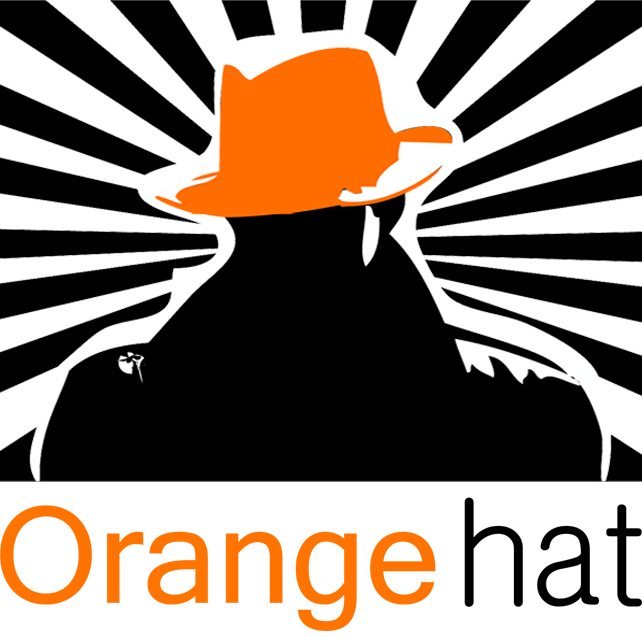Pinterest is a fast growing social sharing community.
One year ago today Pinterest was hardly worth mentioning and known to a very small number of people. Now, the content sharing service accounts for nearly 25% of all social media web traffic. While FaceBook is overpowering the market in sheer numbers, Pintrest is coming up as a reckoning force when it comes to driving eCommerce. The site is popular for sharing content that often features random accessories, clothes, handbags, apartment decor, recipes and their ingredients. The shape Pinterest has taken and steep rise in traffic makes it a ripe ground for eCommerce driven websites to gain traffic and more conversions.
Source: StatCounter Global Stats – Social Media Market Share
From the chart above, we can see the rapid growth of Pinterest, receiving it’s boost starting in February, 2012. This is significant because there are older platforms that are now falling short of Pinterest. These social media sites have earned loyal followers over the years, but now the popular giants like Twitter and StumbleUpon, just are not delivering what they once were. The Pinterest train is gaining steam and doesn’t look to be derailing anytime soon. Now is the perfect time for eCommerce businesses to jump aboard!
Pinterest in eCommerce
A recently conducted survey by BizRate Insights shows some very interesting results from 7,431 online shoppers. Nearly 70% of those surveyed told BizRate that the pinup site is used for inspiration and keeping up with the latest trends, making it even more attractive to eCommerce as a part of their daily SEO. Pinterest carries a lot of Domain Authority and using the site to engage shoppers will help websites earn authority through social sharing and linking.

With the amount of traffic Pinterest has, the nearly perfect Domain Authority scores, and the trust of its users, why would any eCommerce site pass this up? With the rapid rise of Pinterest in 2012, the following year will only improve. So integrating a Pinterest strategy now will set your online shop straight for 2013.





